What’s behind every well-run classroom? Effective and efficient classroom routines, carefully planned by a thoughtful teacher. Routines tell students exactly what to do and expect in the classroom every day, which can calm students, improve engagement, ease transitions, defuse challenging behavior before it starts, and ensure that everyone’s time is used well.
In today’s blog post, excerpted and adapted from the book Launching a Career in Special Education by Elizabeth A. Potts & Lori A. Howard, you’ll get some guiding questions you can use to set up successful classroom routines. The book is directed to special educators, but the list below can be equally applicable to all teachers as they plan out the flow of their school day.
***
Here’s a concise list of times during your school day when you should consider teaching students a routine to make your classroom more efficient and less stressful. Consider the goal (what you want students to finish with), any process issues (Can they all go to the cubbies at the same time?), and your purpose in setting the routine (less time for the task, decreased behavioral outbursts). For each task/time mentioned, we’ve included a few helpful questions you can use as a guide.
Entering the classroom: What do you want students to do with their coats and backpacks? What do you want on their desks? Do you want pencils sharpened before class begins?
Turning papers in: Will students turn things in to one space? Will they turn things in before class begins? Will you collect papers from individuals? Will you have students pass papers up together? How can this routine help you organize your grading?
Receiving materials (books, papers, important documents, teacher feedback): Will you use the same routine for passing graded papers back as you do for passing out new books for reading or math manipulatives? If students will be involved, where will you place materials so they can access them when necessary? How will you make it evident what materials are ready to go out? How will you address confidentiality if you want students to pass out graded work? How will students receive work if they are absent on the day materials are passed out?
Changing tasks: Can you play music as an auditory cue that it is time to make a transition? Can you write directions on the board for students who need repetition? Can you minimize the steps involved to increase compliance and decrease the time it takes? How will you ensure students know what they need in front of them and where they need to go?
Moving desks from groups to individual rows and back: Are all students physically able to move desks? How will you ensure students move desks into the appropriate space, as you envision it? How will you manage noise?
Getting safety equipment and moving into lab groups: How can you limit how many people are gathered in one spot (e.g., getting goggles)? How can you ensure that all groups have all materials?
Requesting to use the bathroom and get water: Will you have designated times when students can go to the bathroom or get water? What about requests that come outside that time? Will you have a signal so students can leave without interrupting the flow of your instruction? Will you keep track of or limit how often students leave class?
Packing up and leaving the classroom: Will this be different for a class at the end of the day? Desks tend to migrate over time; do you want students to fix this daily? Do you want students to work until the bell or do you want to give them a few unstructured minutes at the end of class? If so, how will you guard against “bell creep”?
In the absence of routines, students will create their own patterns of behavior, and it may be very difficult to break those patterns. That’s why it’s important to set up these routines before the start of the school year and use the routines consistently from the beginning of the year. Students, especially those with disabilities, are unlikely to pick up routines by exposure alone. You’ll need to teach them the routines as if they were any other skill in the class: describe, model, and practice.
***
If you liked today’s post, add the book Launching a Career in Special Education to your professional library—it’s an essential read for special educators, especially those navigating their first few years on the job.
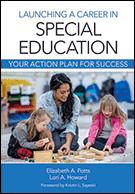
Launching a Career in Special Education
Planning for Success
By Elizabeth A. Potts, Ph.D., & Lori A. Howard, Ph.D.
Developed by two special education experts with decades of experience, this book gives you a complete action plan for on-the-job success—from managing everyday details like paperwork and classroom routines to mastering big-picture strategies for behavior management, collaboration, and assessment. Potts and Howard speak directly to you, talking you step by step through key procedures, addressing common questions and concerns, and giving you sound advice you can use for your whole career. Relatable quotes from new and seasoned educators offer real-world perspectives on the joys and challenges of teaching.
Stay up to date on the latest posts, news, strategies, and more!
Sign up for one of our FREE newslettersMore posts like this
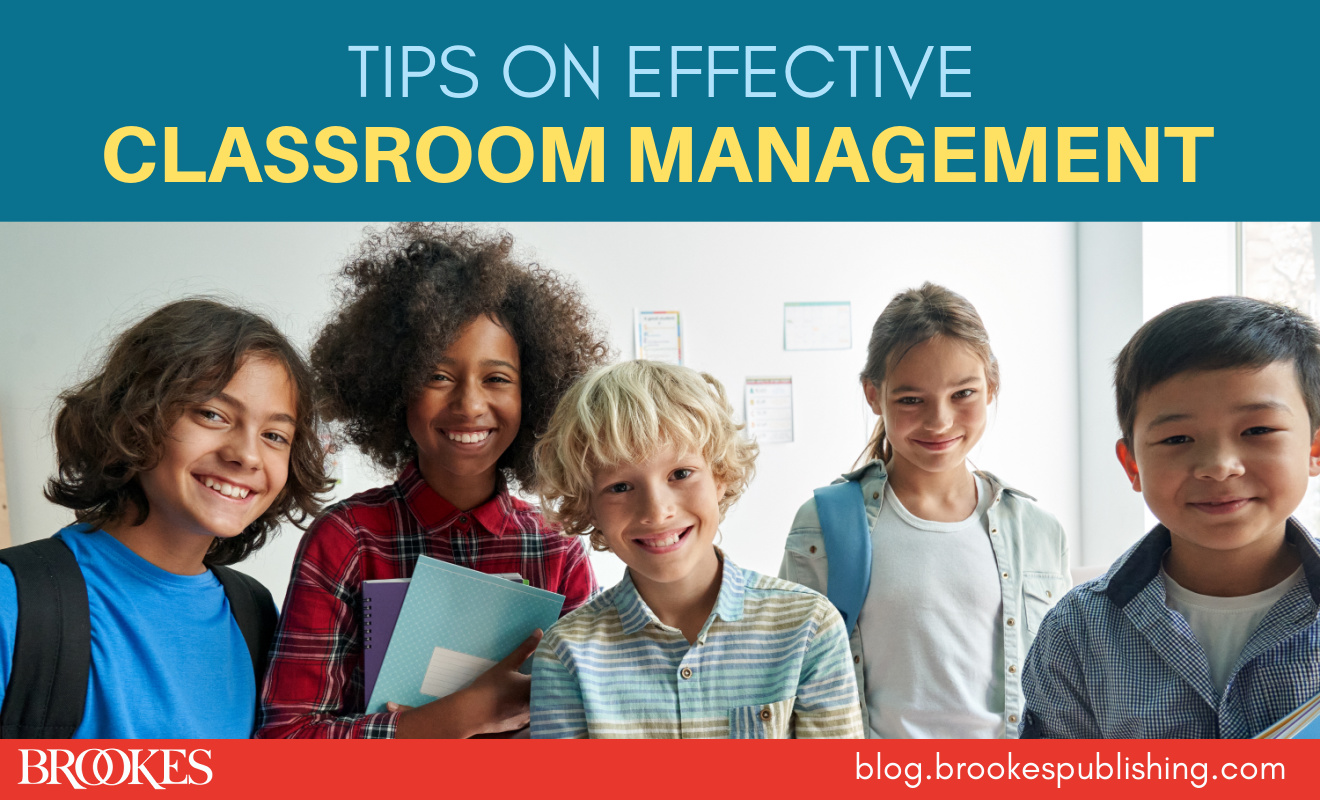
11 Classroom Management Tips Every Teacher Should Know
December 14, 2021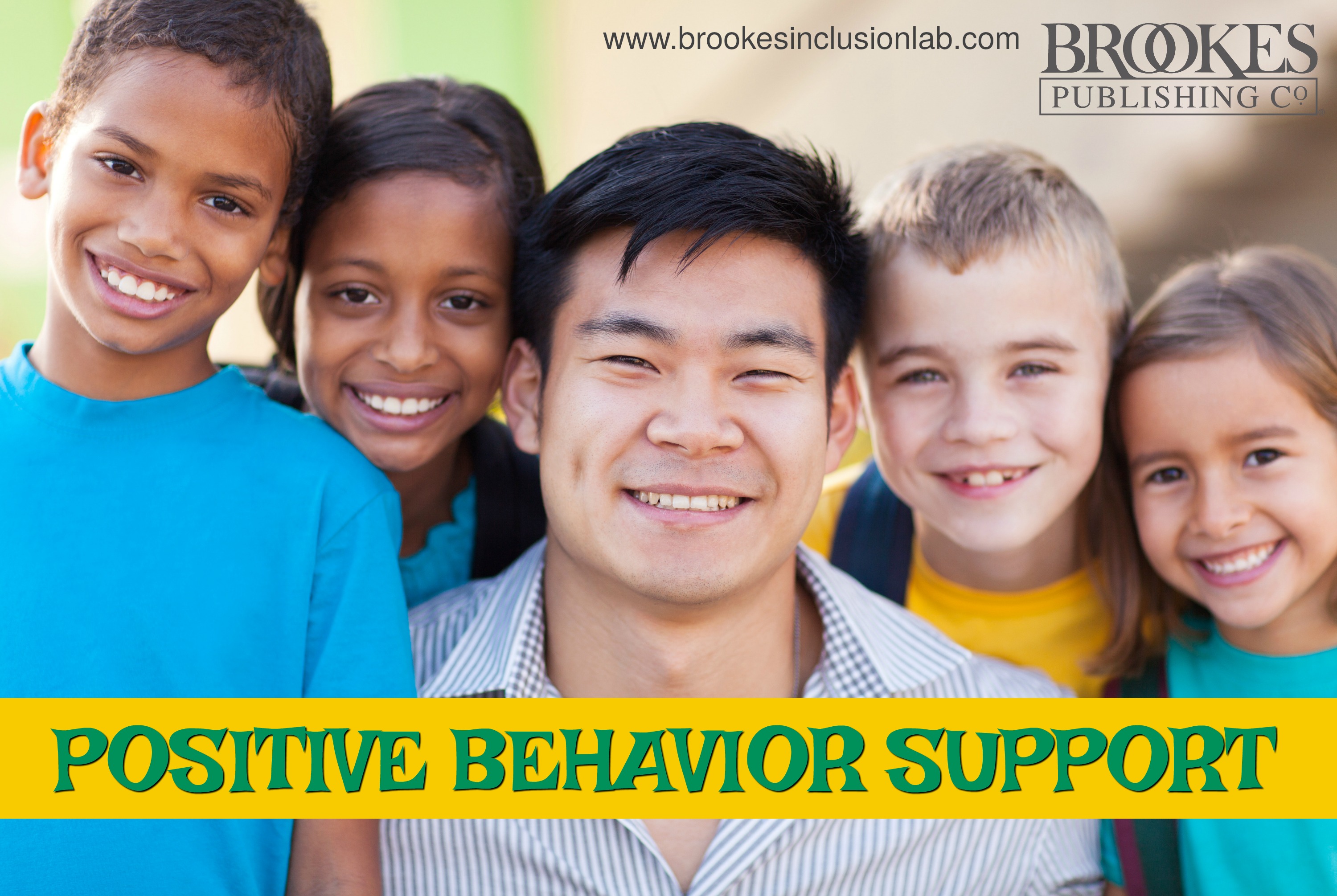
Positive Behavior Support: What It Looks Like, What to Watch Out For
September 12, 2017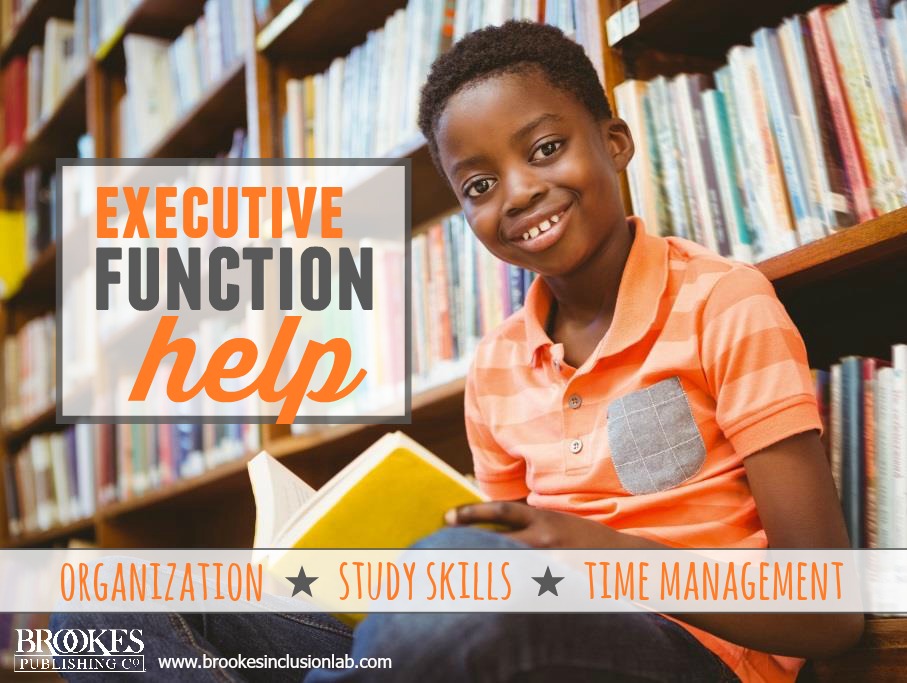

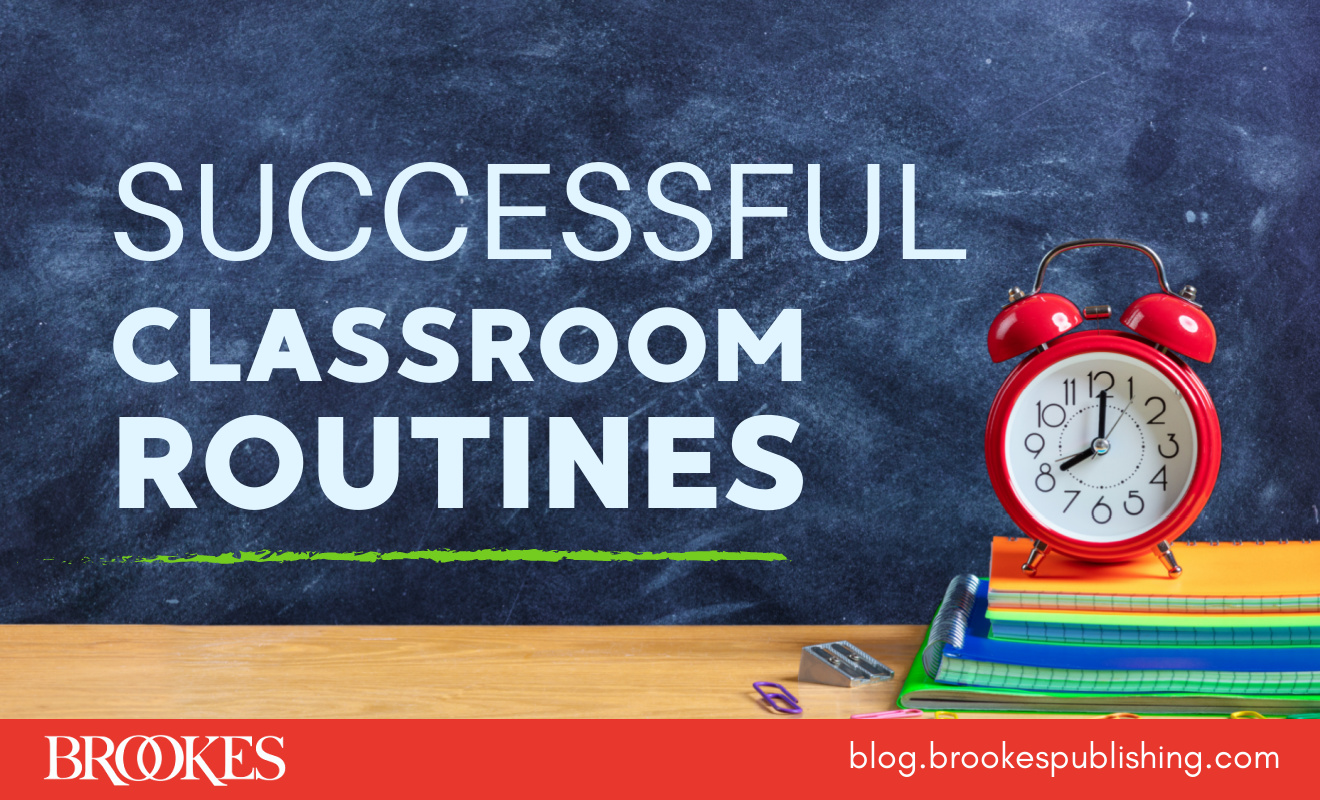
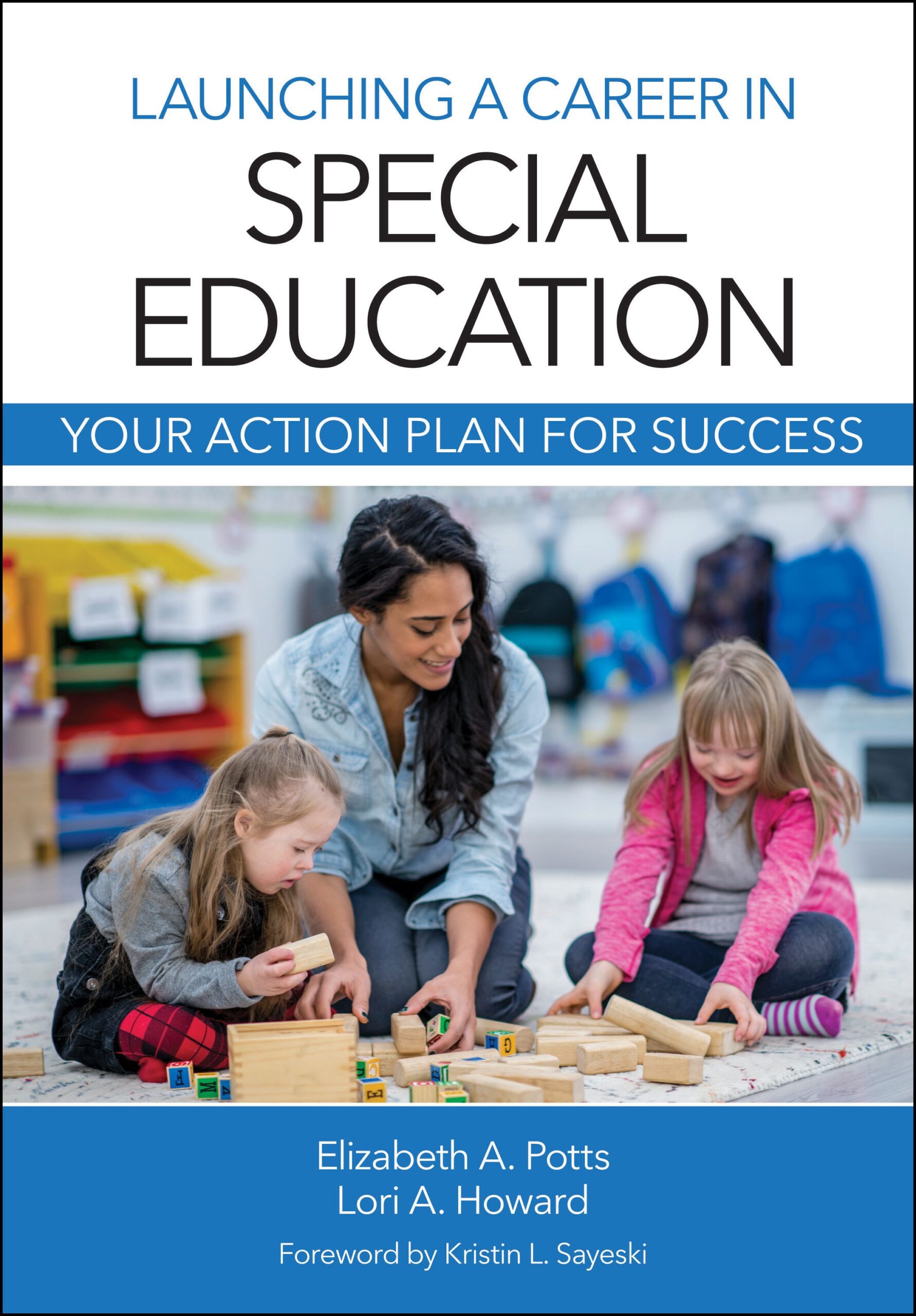
Write a Comment
Your email address will not be published. Required fields are marked *
Post a Comment